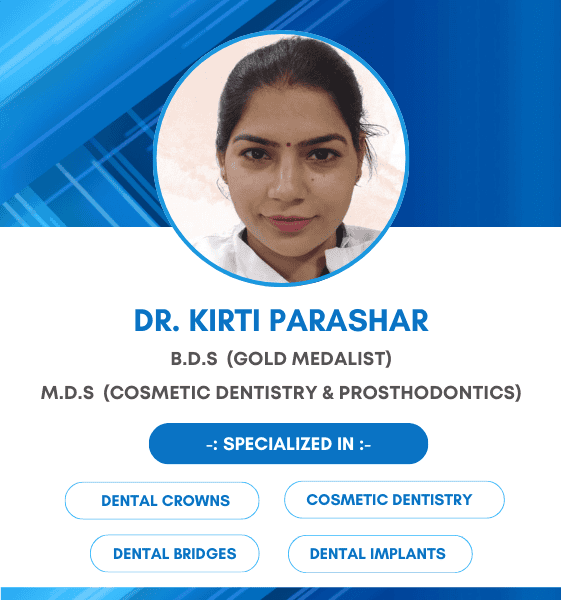Muscles and TMJ disorders make up the group of conditions termed as temporomandibular disorders. Treatment methods for TMD vary enormously over a great spectrum of modalities. Therefore, it is very important to properly diagnose the cause of the disorder and treatment of this according to the causative factor. Also, there are some self care tips along with the definitive treatment by the physician.
Voluntarily avoid unnecessary teeth contacts
Anytime the teeth contact other than swallowing, chewing and speaking you have to disengage them. This can be done by puffing a little air in between the lips and teeth. It helps in achieving the most relaxed position of your jaw.( lips passively touched, teeth slightly apart)
Correct your posture
According to various studies TMD symptoms can aggravate because of your head, neck and shoulders position. Therefore, a correct posture is crucial to alleviate symptoms of TMD.
Try Our Dental Calculators
Avoid parafunctional habits
Oral habits like clenching, biting on nails or other objects should be discontinued as they can aggregate the TMD symptoms.
Restrict movements
Whenever possible, muscle movements should be within painless limits. As painful movements can cause muscle co- contractions that can also increase the symptoms of TMD.
Reduce emotional stress
Emotional stress is also considered as a main psychological factor that should be considered while diagnosing the TMD. Stress increases your muscle activities even during stress which can ultimately lead to muscle pain. So, try to avoid any type of stress as much as possible or you can also consult your psychologist for the best opinion.
Relaxation therapies
Self hypnosis, meditation and yoga helps in reducing muscle hyperactivity as well as reduce amount of stress thus, helping in controlling TMD symptoms.
Thermotherapy
A hot and moist is applied over the affected area. A hot water bottle applied over the towel. This is a method of providing surface heat and applied for around 10- 15 minutes. An electrical heating pad can also be used but care should be taken not to leave it unattended.
Coolant therapy
It relaxes the muscles that are in spasm. Ice should be applied directly over the symptomatic area and moved in circular motion. When you feel numbness stop icing. Ice should not be placed for more than 5- 7 minutes. When you again feel warm, a second round of icing should start.
Massage therapy
Gentle massage over the painful area can reduce the painful perception and deep massage can help in establishing normal muscle function and is more effective than gentle massage. But, massage should be taken under guidance of your physical therapist.
REFERENCES
- Okeson JP. General considerations in the management of Temporomandibular disorders. 7th edition. St.Louis:Mosby;2013.
- Veeraiyan DN. Temporomandibular Disorders. 2nd edition. JP;2017.




